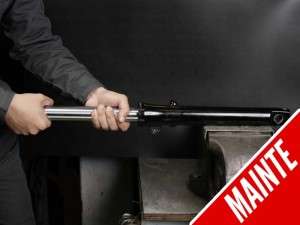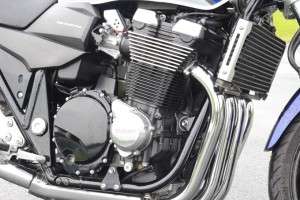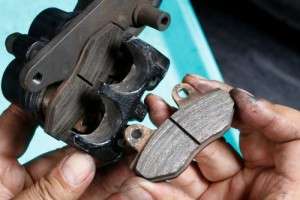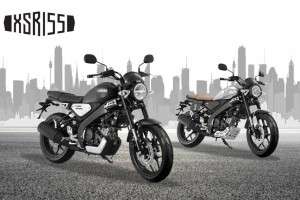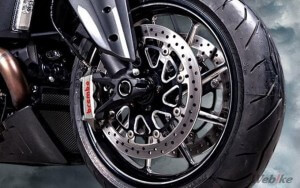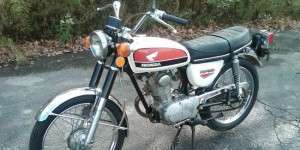The Super Cub Became a Vital Part of People’s Youth.
- 22/12/2017
251 views

Born in a small island country, the Super Cub spread rapidly to every part of Japan and soon became an integral part of people’s daily lives. Only a year after its debut in Japan, the Super Cub crossed the Pacific to go on sale in the United States. A little bike in a big country, the Super Cub was much loved by America’s youth as a cheap and easy way to get out and about. It also attracted attention as a handy item for outdoor activities, leading to the development of Honda’s famed Trail models.
The Red-and-White Super Cub That Had a Big Impact on American Motorcycle Culture
•1962 CA100
In 1959, the Super Cub crossed the ocean to go on sale in America, the land of the automobile, under the name Honda 50. The CA100 went on sale in 1962 with a bright red body color plus tandem pillion steps and a seat big enough for two. The “You Meet the Nicest People on a Honda” campaign the following year completely changed the perspective and lifestyles then associated with motorcycles in America, making the Honda name famous overnight.
The joy of riding a motorbike and the nimble ease of its 3-speed centrifugal clutch transmission combined with the ’60s surfing and hot rod booms and the ‘Little Honda’ song by the Beach Boys and the Hondells to inspire young people of the time.
New Customizing Kits Let Owners Totally Transform the Look of Their Bikes.
•1963 C102Roadster
•1963 C105Student
•1967 C102Rally
Custom parts kits were also sold for the US market C100, the CA102 (with electric start), and the 55cc CA105 models. With a minimum of parts, these specialized kits allowed owners to give their Super Cubs a sportier look. The Roadster kit contained a tank cover fitted with rubber knee grip patches. The seat could also be replaced with a sporty-looking semi-long type.
The Student kit provided a light, uncluttered look characterized by Honda wing marks adorning the sides of its center backbone cover, and featured a distinctive chrome-plated cover over the engine and custom side covers.
The Rally kit included a long tank cover with racing flags and wing marks, a racing-style seat, custom side covers, tubular handlebars, and a short front fender. The tank covers for both the Roadster and the Rally kits were also internally equipped with actual molded plastic fuel tanks.
The Super Cub-Based Trail Model Was Also Born.
•1963 CA105T TRAIL55
The original C100 Super Cub served as the base model for the Hunter Cub that debuted in 1962. Designed for hunters and anglers, and equipped to cope with rugged off-road trails, the Trail 50 had its leg shields and front fender removed for easy travel over hills and grassland, and was soon put to work managing American farms and woodlands.
Some of its most notable features were its off-road ready block-pattern tires and a double rear sprocket that effectively reduced the gear ratios to better cope with rough roads and steep slopes by switching the chain to a larger sprocket ring. The Trail’s robust specifications gained a solid reputation, leading to the 1963 introduction of the CA105T with its additional raised muffler.
The Evolution of a Genuine Trail Bike.
•1973 CT90
In 1964, the trail-wise Cubs that had been designed for use on rugged roads evolved into the CT200 Trail 90, which featured a larger-displacement 86.7cc overhead valve (OHV) engine and the same 4-speed gearbox used in the C200 Benly. In 1966, a further model change produced the CT90, with a new 89.6cc overhead cam (OHC) engine.
1968 saw the introduction of a new dual-range sub-transmission that replaced the Trail 90’s double sprockets to allow riders to switch between low and high gear ranges with the flip of a single lever. The front suspension was also changed to a more compliant telescopic type in 1969, along with other innovations and modifications that further refined its design.
In America, a country of vast expanses, motorbikes were often loaded onto the backs of trucks and campers to travel to far off destinations. A further modification allowed the handlebars to rotate 90° with the flip of a single lever. And to keep the bike from running out of gas while riding in backwoods and grasslands, an auxiliary fuel tank was designed to mount to its left rear side.
The 1973 CT90 appears in the above photos.
Original Source[ HONDA ]




















